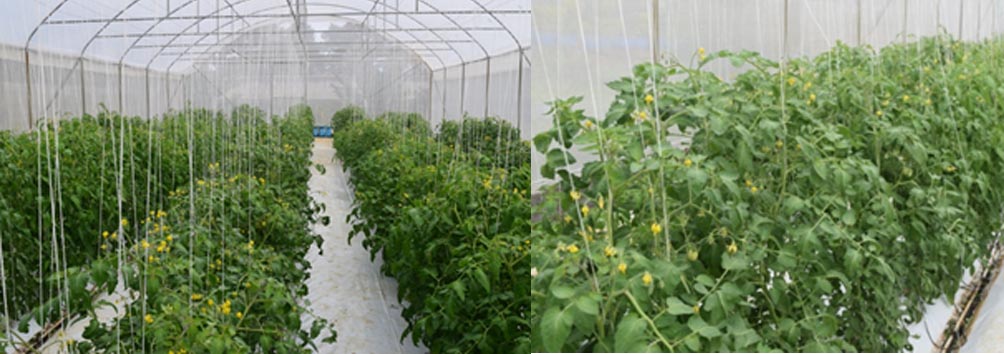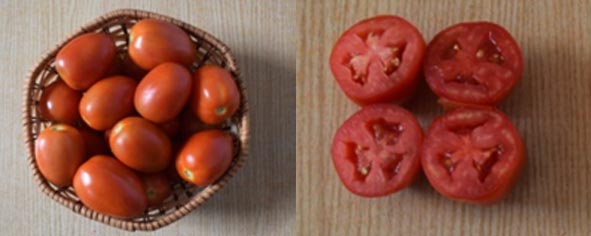The common crops usually cultivated in hydroponics systems, by most farmers, are tomato (salad and cherry), sweet pepper and English cucumber. Crops like white cucumber, aubergine, lettuce, selected greens and some other diverse crops are grown for specific markets outlets.
Closure of borders on the onset of the Covid-19 pandemic negatively impacted the tourism sector, with a decline in the demand for mainly tomato and sweet pepper. Reacting to a fall in demand, motivated producers in hydroponics shifted their production towards cooking tomato, which is commonly grown in open-field. Cooking tomato, grown in open-field, has the disadvantage of a high percentage of loss during adverse climatic conditions and is susceptible to pest and disease attacks. Since higher marketable yields and better fruit quality are obtained in hydroponic systems, there is a growing interest from producers to continue business by cultivating tomatoes for the local market.
To support the hydroponic sector and to reduce the dependency of producers on the hospitality market, the FAREI since 2019 has geared its research programmes towards the evaluation of cooking tomato varieties under the hydroponic system of production. Several varieties were evaluated, and the variety TH N 988 proved to be suitable for production under a hydroponic system and has been recommended for commercial cultivation.
Tomato variety TH N 988 is a semi-determinate variety with outstanding qualities showing good adaptability under the hydroponic system of production, tolerance to major tomato diseases (including Bacterial Wilt disease and Tomato Yellow Leaf Curl Virus) with a relatively high yield, and good shelf-life. One interesting feature of this variety is that it is heat tolerant and has a good fruit set during the summer months as compared to other common varieties grown locally. The crop cycle of TH N 988 is around 6 to 8 months, with a yield reaching up to 8 to 10 kg per plant (20 to 25 kg/m2). This variety produces oblong fruit having 2-3 locules with weight ranging from 80 to 120 g each.


